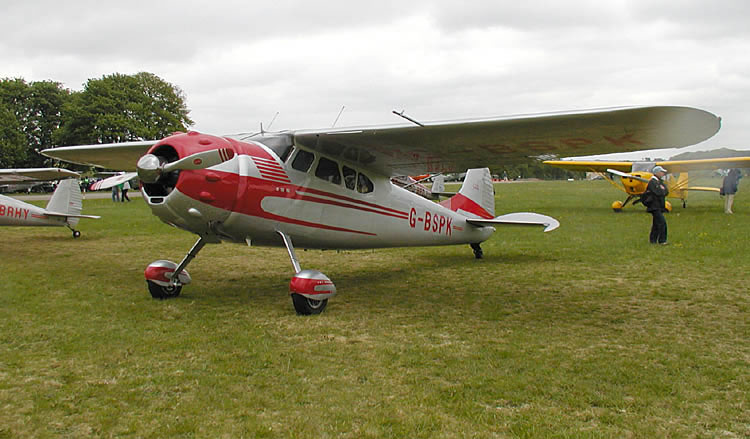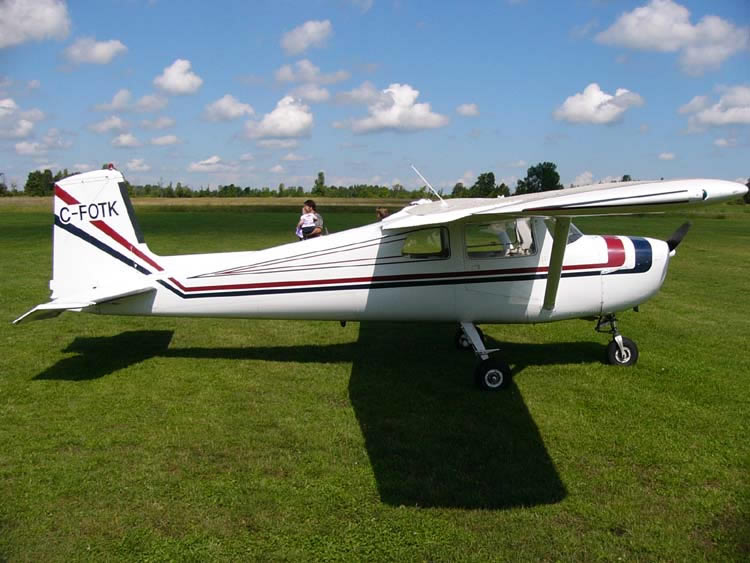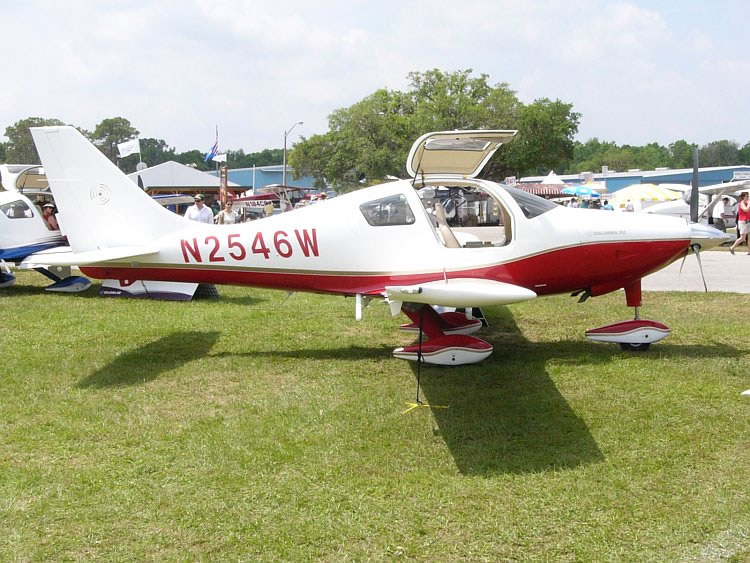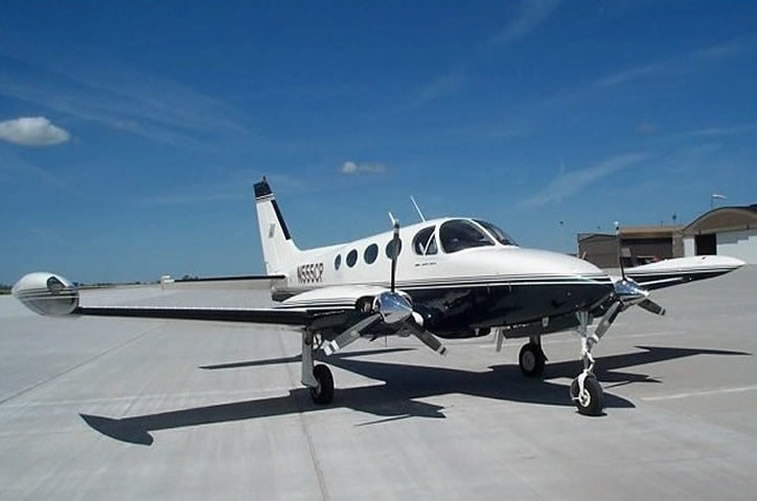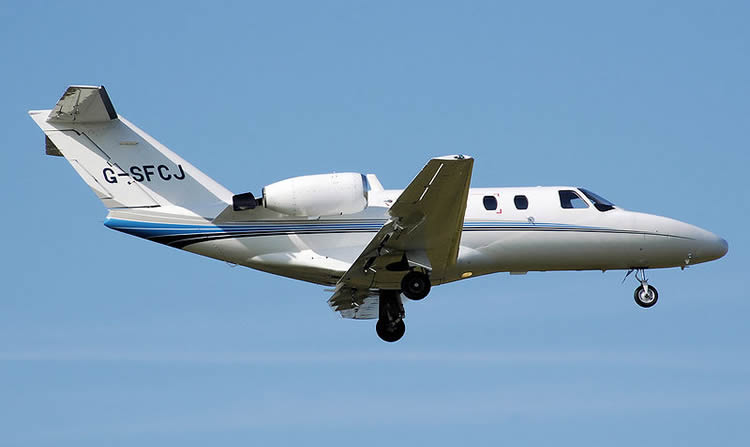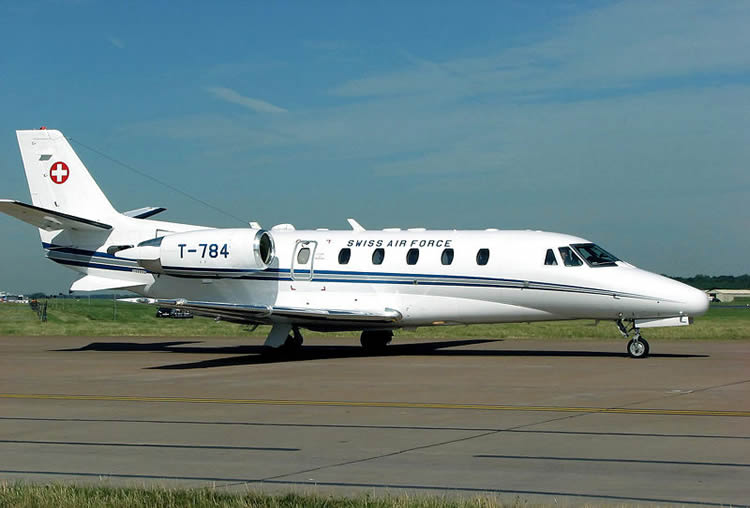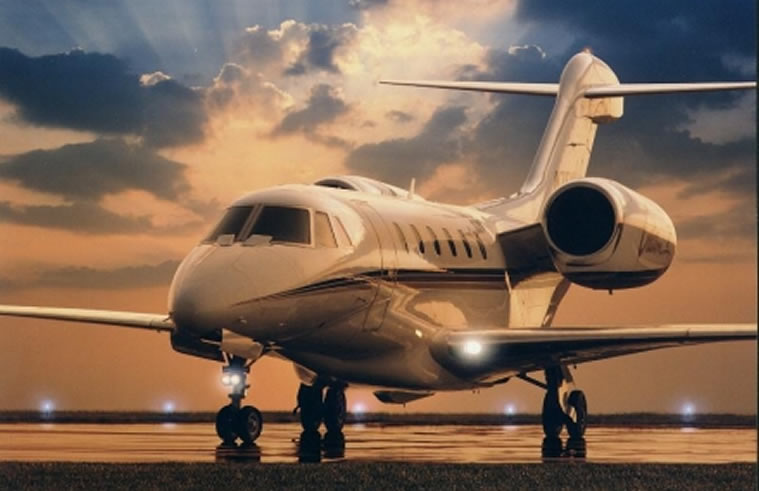CESSNA AIRCRAFT COMPANY
HISTORY PICTURES INFORMATION AND FACTS
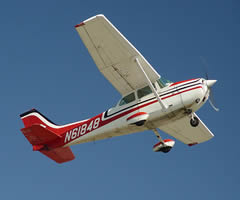 |
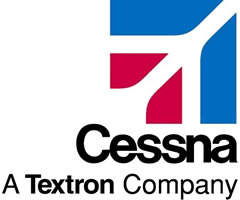 |
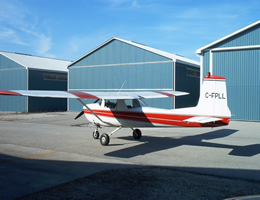 |
CESSNA AIRCRAFT COMPANYThe Cessna Aircraft Company is an airplane manufacturing corporation headquartered in Wichita, Kansas. Their main products are general aviation aircraft. Although they are the most well-known for their small, piston-powered aircraft, they also produce business jets.
History Clyde Cessna started his aircraft ventures in Enid, Oklahoma, testing many of his early planes on the salt flats. When bankers in Enid refused to loan him more money to build his planes, he moved to Wichita.
In 1924, Cessna partnered with Lloyd C. Stearman and Walter H. Beech to form the Travel Air, Inc., a biplane manufacturing firm. This company was based in Wichita. In 1927, Clyde Cessna left Travel Air and formed his own company, the Cessna Aircraft Company. Instead of producing biplanes, he instead decided to focus on building monoplanes. The first flew on August 13, 1927.
Cessna Aircraft Company closed its doors from 1932–1934 due to the state of the economy. In 1934, Dwane Wallace, with the help of his brother Dwight, took control of the company and began the process of building it into what would become a global success. After World War II, Cessna created the 170, which, along with later models (notably the 172), became the most widely produced light aircraft in history. Cessna's advertising boasts that its aircraft have trained more pilots than those of any other company.
In 1985 Cessna was bought by General Dynamics Corporation and in 1986 production of piston-engine aircraft was suspended. General Dynamics cited product liability as the cause. The then-CEO Russ Meyer said that production would resume if a more favorable product liability environment developed. In 1992, Textron Inc. bought Cessna and, after passage of the General Aviation Revitalization Act of 1994, resumed production of the piston-engine 172, 182, and 206 designs. On 27 November 2007 Textron announced that Cessna had purchased the bankrupt Columbia Aircraft company for US$26.4M and would continue production of the Columbia 350 and 400 as well as the Cessna 350 and Cessna 400 at the Columbia factory in Bend, Oregon. There had been speculation that the acquisition of the Columbia line would spell the end of the Cessna NGP project, but on September 26, 2007, Cessna Vice President for Sales, Roger Whyte, confirmed that development of the NGP project will continue, unaffected by the purchase of Columbia.
Since November 2007 the company has been involved in a public controversy regarding the contracting of production of the Cessna 162 SkyCatcher to the Shenyang Aircraft Corporation of the People's Republic of China. Currently, Cessna produces 2-, 4- and 6-place single-engine airplanes, utility turboprops, and business jets. Marketing Initiatives Other manufacturers and the aviation press widely ridiculed and spoofed many of these marketing terms but between Cessna’s designers producing a product the flying public wanted and the work of the marketing department, Cessna built and sold more aircraft than any other manufacturer during the boom years of the 1960s and 1970s.
Marketing buzzwords Para-Lift Flaps – these were the large fowler flaps Cessna introduced on the 170B in 1952, replacing the narrow chord plain flaps then in use. Land-O-Matic – In 1956, Cessna introduced sprung-steel tricycle landing gear on the 172. The marketing department chose “Land-O-Matic” to imply that the these aircraft were much easier to land and take-off than the preceding conventional landing gear equipped Cessna 170. They even went as far as to say pilots could do “drive-up take-offs and drive-in landings”, implying that flying these aircraft was as easy as driving a car. In later years some Cessna models had their steel sprung landing gear replaced with steel tube gear legs. The 206 retains the original spring steel landing gear today. Omni-Vision – This referred to the rear windows on some Cessna singles, starting with the 182 and 210 in 1962, the 172 in 1963 and the 150 in 1964. The term was intended to make the pilot feel visibility was improved on the notably poor-visibility Cessna line. The introduction of the rear window caused most models a loss of cruise speed due to the extra drag, while not adding any useful visibility. Cushioned power – This was to announce the introduction of rubber mounts on the cowling of the 1967 model 150, in addition to the rubber mounts isolating the engine from the cabin. Omni-Flash - This referred to the flashing beacon on the tip of the fin that could be seen all around. Open-View – This referred to the removal of the top section of the control wheel in 1967 models. These had been rectangular, they now became “ram’s horn” shaped, thus not blocking the instrument panel as much. Quick-Scan – Cessna introduced a new instrument panel layout in the 1960s and this buzzword was to indicate Cessna’s panels were ahead of the competition. Nav-O-Matic - This was the name of the Cessna autopilot system, which implied the system was relatively simple. Chinese production controversy Cessna received a high degree of negative feedback from 162 customers and potential customers regarding this decision. Complaints centered around the recent problems with Chinese production of other consumer products, China's human rights record, exporting of jobs, and China's less than friendly political relationship with the USA. The backlash surprised Cessna and resulted in a company public relations campaign to try to explain the decision from a business perspective and assure customers that quality of the aircraft will not be compromised. The reaction to the explanations and assurances has been overwhelmingly negative, although a small number of customers have applauded the production in China.
Aircraft models |
© AviationExplorer.com - The Website For Aviation Enthusiasts |




